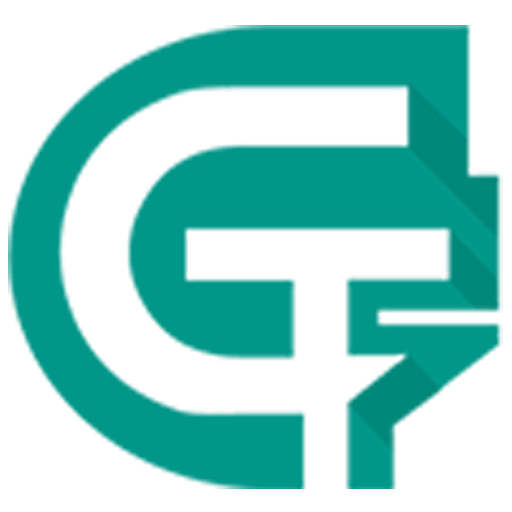Web development framework can be useful for web development which is essential for businesses to achieve success in the digital marketplace. Therefore, it is important to choose the right framework for your web app development. Selecting the correct framework is critical to get your project off to a good start and build user-friendly applications. The right framework not only simplifies the development process but also enhances the performance, scalability, and maintainability of your web app.
Considerations When Choosing the Right Framework
When selecting the right framework for your web app development, here are some factors to consider:
-
- Functionality: Consider the features that the framework offers and whether it meets your application requirements.
-
- Development Time: How long will it take your development team to design the application with the selected framework?
-
- Cost: Do you want to save money and use an open-source framework or invest in a paid version?
-
- Design Flexibility: Consider whether the framework is flexible for your project’s design changes.
-
- Testing: With a framework that supports thorough testing, it can reduce the load on developers who will be debugging the code.
-
- Popularity: Does the framework have support from developers? You may want to consider frameworks that are widely used as they tend to have ready-made solutions or libraries with bug fixes.
Popular Web App Frameworks
When it comes to choosing the right framework for your web app development, there are many options available. Here are some popular ones:
React
- Description: React is a JavaScript library developed by Facebook for building user interfaces, especially for single-page applications.
- Strengths:
- Component-Based Architecture: Allows for reusable components, making the development process more efficient.
- Virtual DOM: Optimizes updates and rendering, leading to improved performance.
- Large Ecosystem: Extensive community support, numerous libraries, and tools available.
- Flexibility: Can be used with various other libraries and frameworks (e.g., Redux for state management).
- Use Cases: Highly interactive and dynamic user interfaces, single-page applications (SPAs).
Angular
- Description: Angular is a comprehensive, open-source front-end framework developed and maintained by Google.
- Strengths:
- Two-Way Data Binding: Ensures that changes in the model automatically update the view and vice versa.
- Dependency Injection: Facilitates better organization and testing of code.
- Comprehensive Solution: Provides a complete framework with built-in solutions for routing, state management, form handling, and more.
- Strong Community Support: Regular updates and a robust community of developers.
- Use Cases: Enterprise-scale applications, dynamic web apps requiring a robust structure.
Vue.js
- Description: Vue.js is a progressive JavaScript framework for building user interfaces and single-page applications.
- Strengths:
- Progressive Framework: Can be incrementally adopted, starting with as little as a single library for small parts of an application.
- Flexibility: Easy to integrate with other projects and libraries.
- Reactive Data Binding: Simplifies the creation of interactive user interfaces.
- Easy Learning Curve: Simpler API and documentation, making it accessible to beginners.
- Use Cases: Small to medium-sized applications, components in larger applications, prototypes.
Express
- Description: Express is a minimal and flexible Node.js web application framework that provides a robust set of features for web and mobile applications.
- Strengths:
- Minimalistic: Provides the core features required for web development, allowing developers to use additional libraries as needed.
- Performance: Lightweight and fast, suitable for building high-performance applications.
- Middleware: Extensive middleware available for handling various aspects of a web application (e.g., routing, sessions).
- Scalability: Easy to scale applications as they grow.
- Use Cases: RESTful APIs, single-page applications, server-side rendered applications.
Meteor
- Description: Meteor is a full-stack JavaScript framework for developing modern web and mobile applications.
- Strengths:
- Full-Stack Solution: Provides both client and server-side components, reducing the need for additional libraries.
- Real-Time Updates: Built-in support for real-time data updates and synchronization.
- Ease of Use: Simplified API and out-of-the-box features make it easy to learn and use.
- Rapid Prototyping: Ideal for quickly building and testing prototypes.
- Use Cases: Real-time applications, small to medium-sized projects, rapid prototyping.
Summary
- React: Best for building highly interactive user interfaces with a component-based architecture.
- Angular: Suitable for enterprise-level applications needing a comprehensive, all-in-one front-end framework.
- Vue.js: Ideal for flexible, incrementally adaptable projects and rapid prototyping.
- Express: Perfect for creating high-performance, scalable server-side applications.
- Meteor: Great for full-stack development with real-time capabilities and rapid prototyping needs.
Each framework or library has its unique strengths and use cases, so the choice depends on the specific requirements and goals of your project.
Conclusion
The right framework is necessary for successful web app development. With the right selection, you can ensure a positive user experience and save time and money. Carefully consider the functionality and design flexibility to make the best decision for your project. Choosing the right framework is crucial for the success of your web app development project. The framework you select will significantly impact not only the development process but also the performance, scalability, and maintainability of your application. By making an informed decision, you can ensure a positive user experience, streamline your development workflow, and optimize your resources, ultimately saving both time and money. By taking the time to assess these factors and align them with your project goals, you can select a framework that not only meets your current needs but also supports future growth and innovation. A well-chosen framework sets the foundation for a successful web app, ensuring it delivers a high-quality experience to your users and stands the test of time in an ever-evolving digital landscape.

